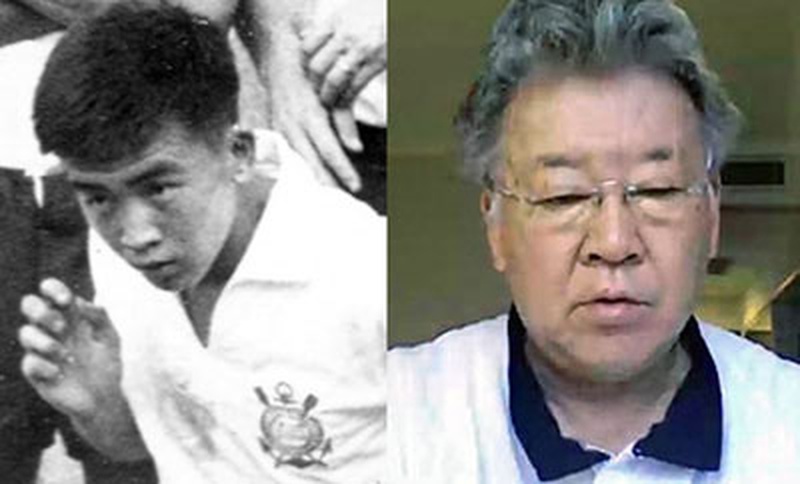Living in Liberdade, a neighborhood in São Paulo, is like living in two countries at the same time. And it wouldn't be for less.
Searching the São Paulo city hall website, I learned that the population of this neighborhood is, more or less, 70 thousand inhabitants. I also tried to find other numbers – such as, for example, the number of people of each ethnic group living there – but, unfortunately, I couldn't find them.
Even so, from what I observe – and guessing as Japanese –, I would say that an average of 40% people of Asian origin live in Liberdade. In other words, of the 70 thousand inhabitants, 28 thousand are of Asian origin.
Always remembering that, since the end of the last century, Liberdade stopped being a stronghold only for Japanese people and began to receive other groups of immigrants of Asian origin: the Chinese and Koreans.
(Not to mention the Indians here and in other corners of “Latin America”, who, despite being non-Asian, as my grandmother used to say, “Look like nihonjin , right?”. Translation: The face of the Indians looks like the face of the Japanese, no Is that right, wire?)
And, because I live in the extreme south of Liberdade, on the border with the Paraíso neighborhood – between freedom and paradise; Tell me if that doesn't sound intriguing – I found that the eastern population density of this part of the neighborhood is being adjusted by 20%.
Let me illustrate what I say:
Leaving my apartment – which is so small it looks like a Tokyo micro-apê –, going down the elevator, passing through the lobby and arriving at the sidewalk of the building where I live, during this journey, I always come across at least one oriental person. (or oriental descent). And calculating that I always see, on average, five people – including the doorman and as long as he is not oriental –, I verify that my calculations are all correct.
Therefore, in this part of the neighborhood, one of every five people is oriental. In other words: 20%. (data provided by the DataUdê Research Institute – that is, by myself)
But following Tamandaré Street, turning onto Galvão Bueno and arriving at the neighborhood's central square – the famous Liberdade Square –, the average is readjusted upwards. Varies to a base of 60% oriental.
As you can see, dear reader, the percentage is now high. And the impression you have is that you are in another country. All you can see is: batchans (grandma, in Japanese) walking slowly, Chinese people selling everything in their galleries and Koreans dancing to “Gangnam Style”. (Sorry for the joke, Korean people. I couldn't resist.)
I.e. There is a gradation in the number of oriental people that gradually increases from the ends of the neighborhood to its central square.
(The largest concentration of Orientals in Western territory is on the benches in this square. Always, 80% of the people sitting on them are Oriental gentlemen and/or ladies)
Exception: on weekends this theory does not work; because the large number of people who visit the famous Liberdade fair makes this calculation impossible.
To give you an idea, once, in the course of a block – neighboring this square –, I came across only oriental people. There were no “non-Oriental” people walking down that street at that time. And, amazingly, my count reached more than forty – forty! – people with black hair and slanted eyes!
I am Brazilian – I was born, raised and live in Brazil – and I am of Japanese descent – my grandparents came from Japan. As a Brazilian, I express civic emotions during the World Cup. But as a descendant of Japanese and a resident of Liberdade, I think that, during this tournament, it would be a waste to support just one country.
And what do I do, dear reader?
I follow the wise words of the former football player, also born in Brazil and also of Japanese descent, Sérgio Echigo – the inventor of the ingenious dribble known as “elastic” –, spoken in an interview for a television program: “When Brazil and Japan face each other , I sit right on the midfield line. I'm rooting for both sides, right? Both for Brazil and Japan.”
Greetings, Master Echigo!
© 2017 Hudson Okada






